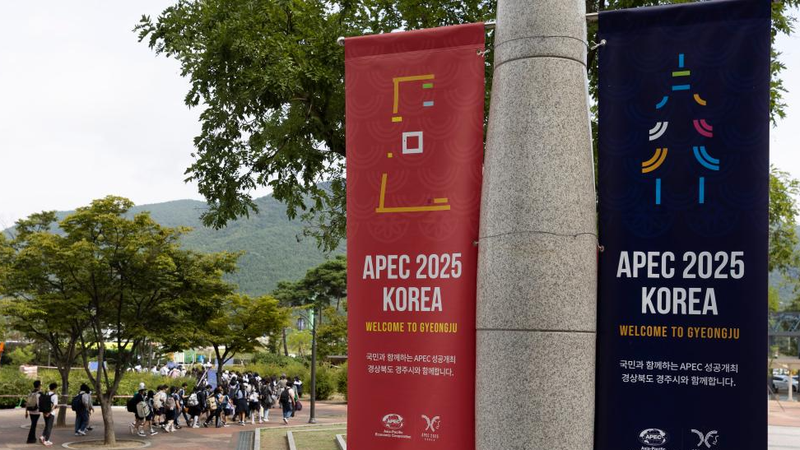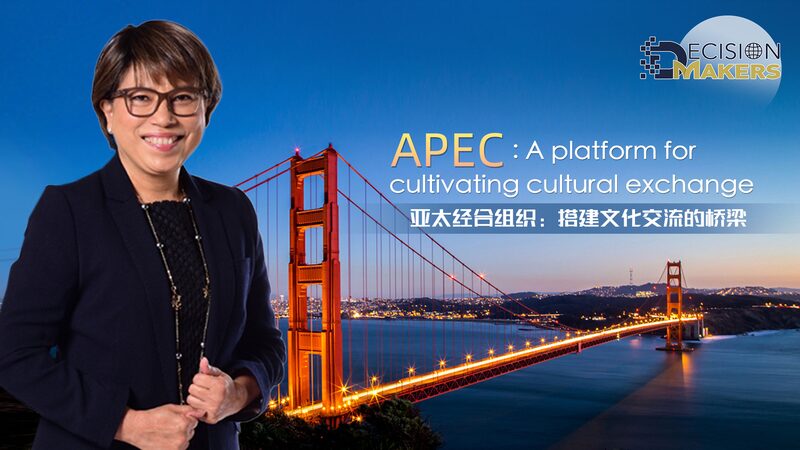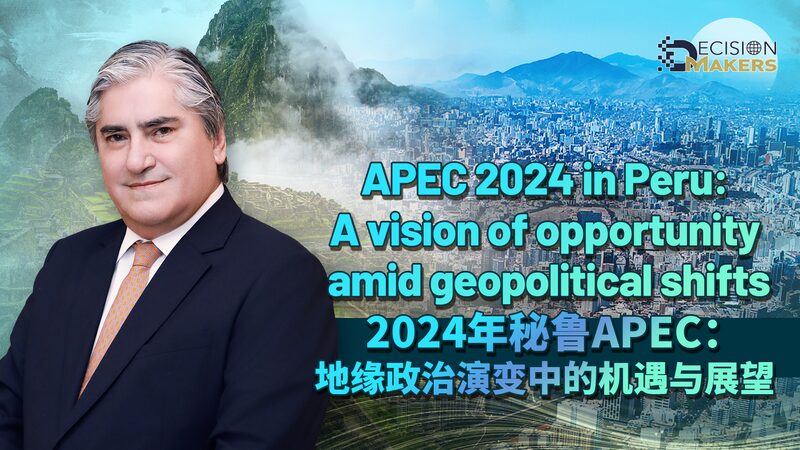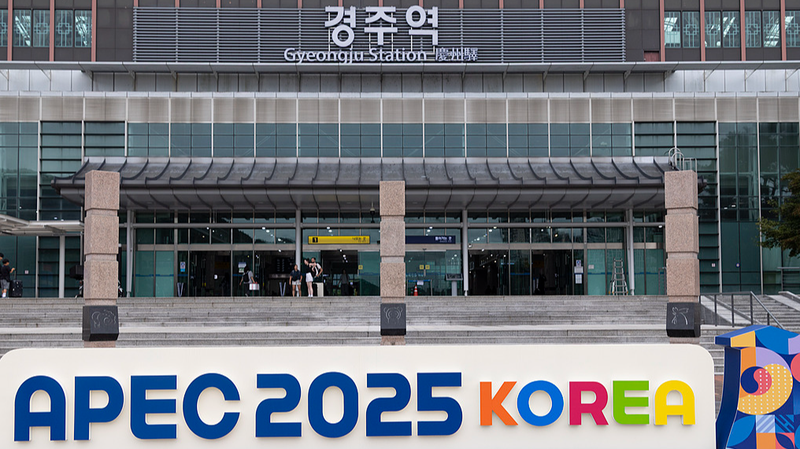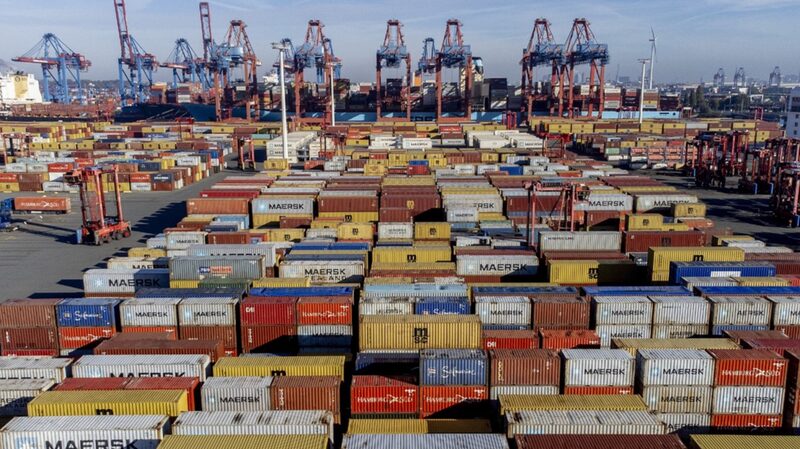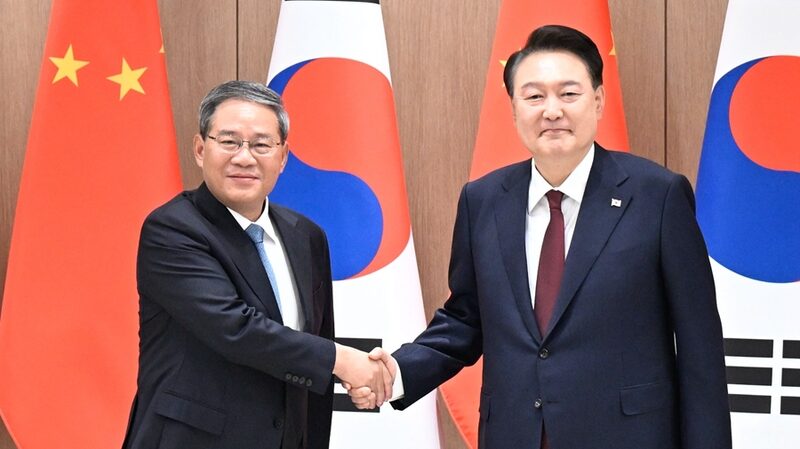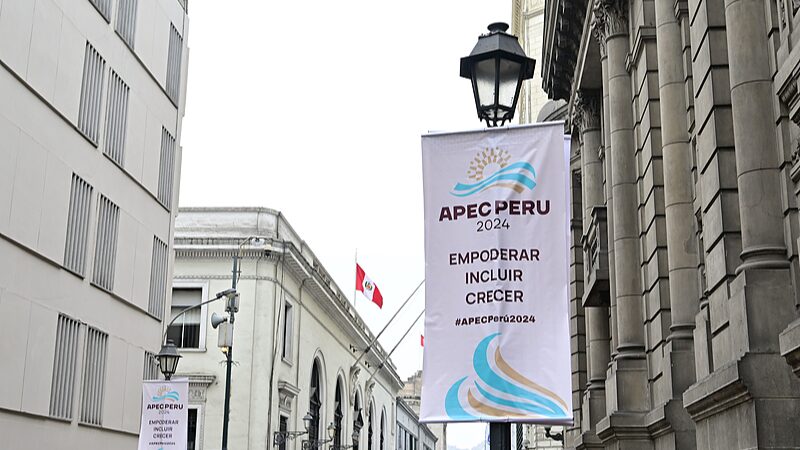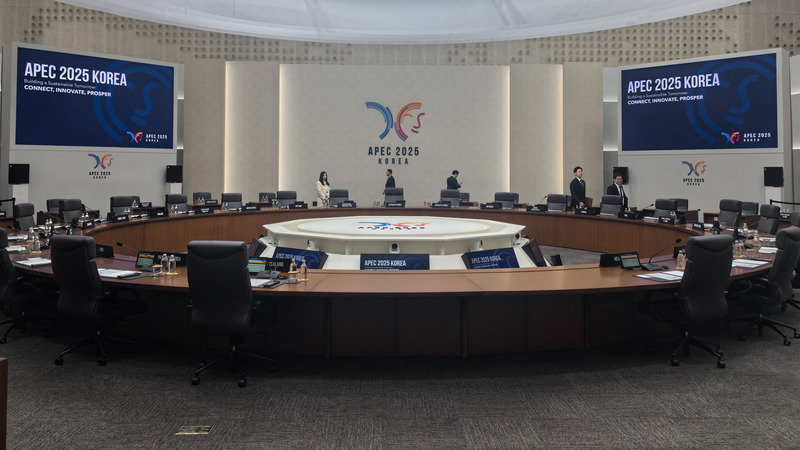As the 2025 APEC Economic Leaders' Meeting convenes in Gyeongju, South Korea, under the theme "Building a Sustainable Future: Connectivity, Innovation, and Prosperity," regional integration emerges as a critical driver for economic resilience. The Asia-Pacific region – contributing over 60% of global GDP and nearly half of world trade – faces unprecedented challenges from protectionism and supply chain realignments.
"Deepening connectivity isn't just an economic strategy – it's a survival imperative," notes Qian Feng, senior research fellow at Tsinghua University's National Strategic Institute. The meeting addresses growing disparities between developed and emerging economies, where technological gaps and regulatory fragmentation threaten to undermine decades of progress.
Key challenges include:
- A widening $2.3 trillion digital divide between advanced and developing APEC members
- 30% increase in cross-border trade compliance costs since 2020
- Emerging markets' 45% reduction in global value chain participation
APEC's 21 members are exploring unified standards for digital trade and streamlined customs procedures. Recent initiatives like the Digital Economy Partnership Agreement (DEPA) show promise, having reduced e-commerce transaction times by 40% in pilot regions.
As geopolitical tensions reshape supply chains, APEC's focus on institutional coordination aims to maintain the region's position as the world's primary growth engine. The path forward requires balancing innovation with inclusive growth – a challenge that will define Asia-Pacific's economic trajectory through 2030 and beyond.
Reference(s):
Integration a strategic imperative for Asia-Pacific prosperity
cgtn.com
